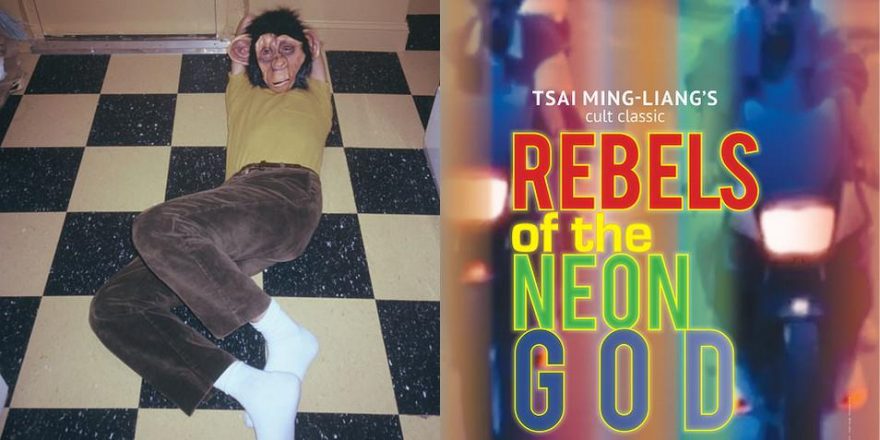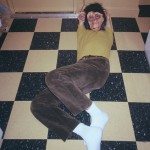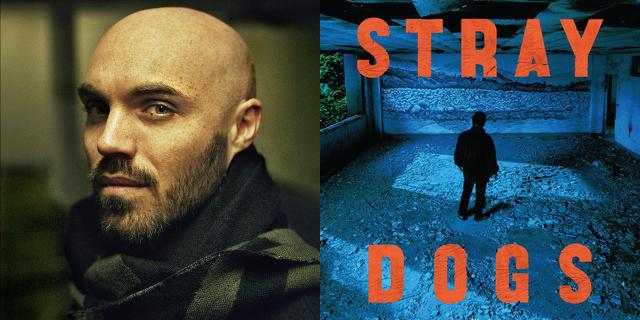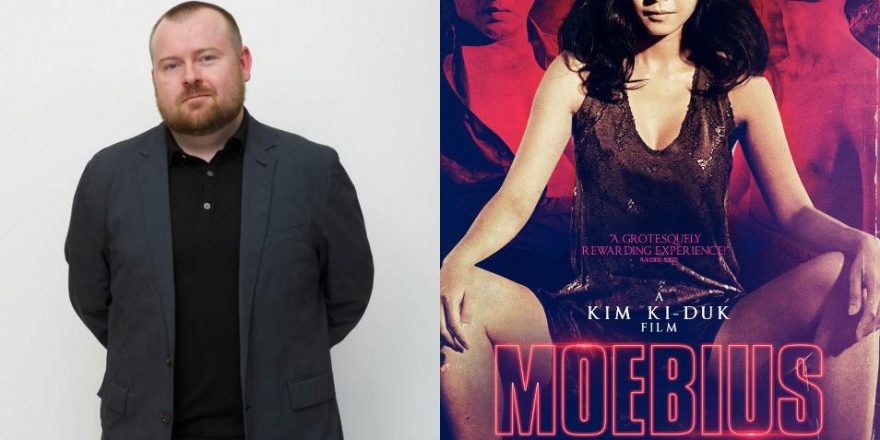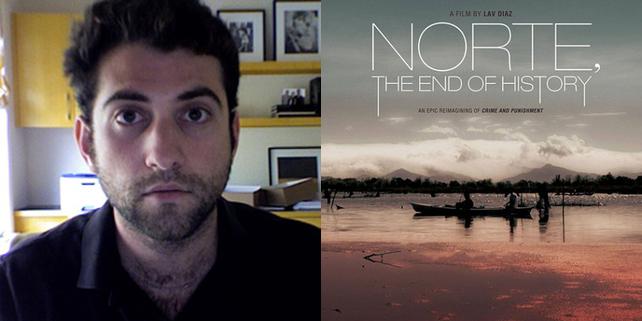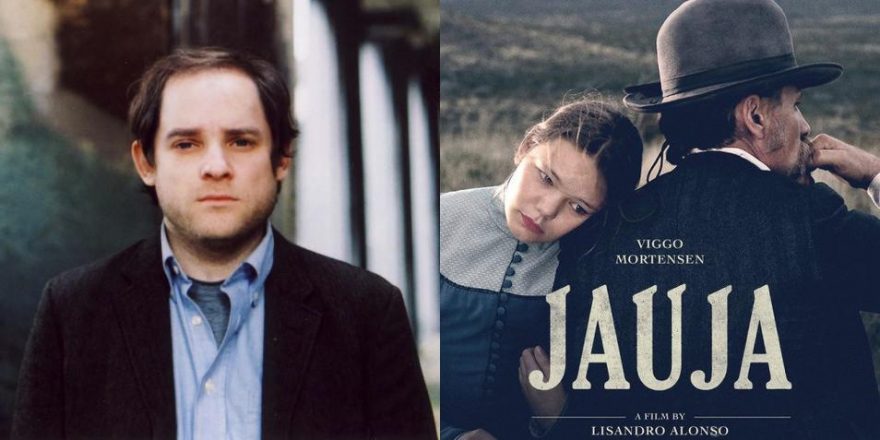Filmmakers are architects, building structures in situation always. I often argue with friends that there is a close relationship between architecture and film. Both art forms allow for an experiential narrative. I grew up wanting to be an architect.
When the visionary master Le Corbusier visited Cambridge, MA, in the twilight of his life, he arrived on Harvard’s campus for the groundbreaking ceremony of the Carpenter Center for the Visual Arts, which he had designed. He brought his International Style to Cambridge without ever having been there; the master was blind. He showed up for his campus tour and the beauty of brick suddenly dawned upon him. Legend has it that Le Corbusier had regrets and wished he had designed and built the center in brick instead of his de facto medium of concrete.
Just as there are systems and codes with buildings and engineering, within every film a system emerges and it starts with a foundation: the characters and the setting. It’s a language that, ideally, is born well before frame one. I am always eager to experience a new film from famed starchitects. (Starchitects are basically visual onomatopoeias, in that at the very sound of their names a visual representation is born.) Tsai Ming-liang is a starchitect and Rebels of the Neon God — made in 1992 but only now getting a U.S. theatrical release — is his first vision.
Rebels immediately announces itself as a new type of building. It’s arguably one of the greatest and boldest debuts in film history, and I am ashamed to say I am only seeing it now for the first time. Thank you, time. The vibe, the faces, the framing, the now, the neon… Tsai is an original, an original who works to code. I have read that the style of the film was born out of the discovery of the film’s lead actor, Lee Kang-sheng, and the pace at which he moves and acts. This is systematic, this is architecture and artistry at their finest. It’s a vision that’s not imprinted onto the film but is born from within it. A lot of widely shot, atmospheric, “slow” films are that way as a crutch: a decision made as an artist and not as an architect. Tsai is building a site-specific film, the site being both Lee and Taipei.
Tsai builds from a code of iconography, and every single one of his shots is iconic. The guy is literally working in neon — neon, which was born out of iconography… out of signage. If he’s not making that connection literally throughout the film with flashing lights, actual neon and video games, he’s framing Lee right in front of international rebel icon James Dean.
When Lee’s character, Hsiao-kang, prepared for his revenge, I couldn’t help but think of Travis Bickle. Neon God is some sort of Taiwanese Taxi Driver; it’s one of those tricky portrait films that shifts so smoothly and so subjectively from one perspective to the next. The neon gods spell the characters and the film itself with an opiate-like hypnosis that begs you to wanna smash it with a bike lock. The film’s theme bumps along with a hint of apathy, though the longer it plays, the more it reveals and the more it feels.
What would Neon God look like in 2015? The neon of video games, spirit readers and TVs has moved from arcades to our hands, tapping directly into our minds, numbing them more and more.
I discovered Tsai during a week-long run of The Wayward Cloud at Anthology Film Archives back in 2007. I think Anthology had dubbed the film “a language-barrier musical set in the porn industry.” Seeing that film and, even more, seeing Rebels last week, I felt like Le Corbusier on Harvard’s campus.
Over the years, I have fallen deeper and deeper in love with the close-up, its clairvoyance, its texture, its intimacy, its pragmatism, its romanticism. Lately, though, it’s a dynamic, super-wide atmospheric shot that has been teasing me. There’s a staid quality that “art cinema” has brought to the wide shot, and somehow it’s been rendered boring to me, it’s lost its meaning. Thank you, Tsai, for bringing it back!
Barring a magnetic catastrophe, when everything is gone, movies will be all the universe has left to prove what life felt like to us. Rebels of the Neon God will tell whichever life discovers it the story of jealousy, lust, loneliness and friendship in a burgeoning postmodern world. It will show how unbelievably complicated we can be, if only in the emotionally complex scene in which a lonely and yearning Hsiao-kang approaches Ah-tze (Chen Chao-jung) walking his destroyed motorcycle — which Hsiao-kang destroyed — and earnestly asks him if he needs any help.
P.S.: There’s a scene in Rebels in which Ah-tze and Ah-ping (Jen Chung-ben) are hanging out with Ah-kuei (Wang Yu-wen), and she’s trying on a red top; in everything from the lighting to Ah-ping’s dopey face to the inflection of Ah-kuei’s soft voice, the scene exudes a sexuality. I’m right there with both of those guys, wondering if I’m the one who gets to go home with her.



